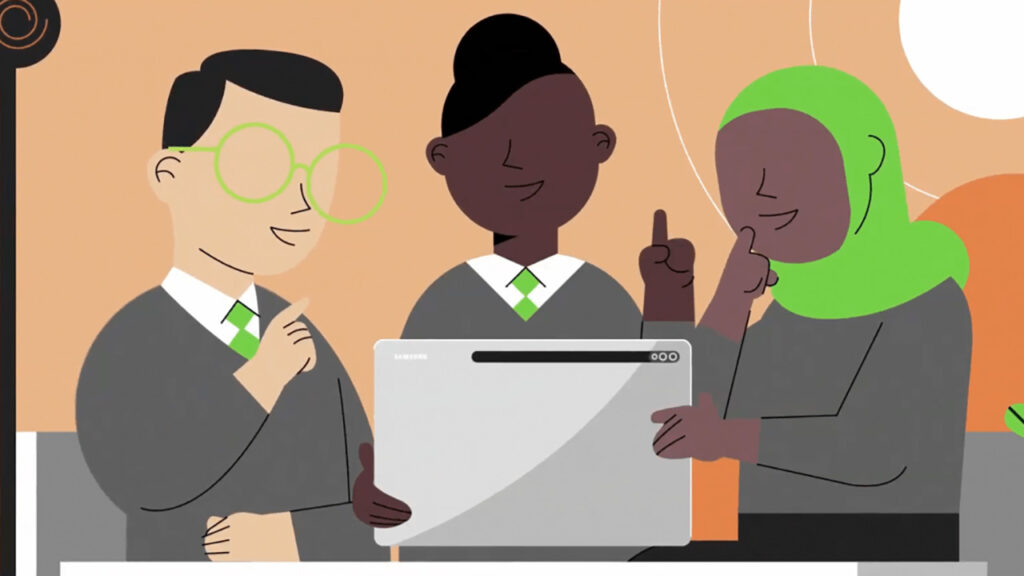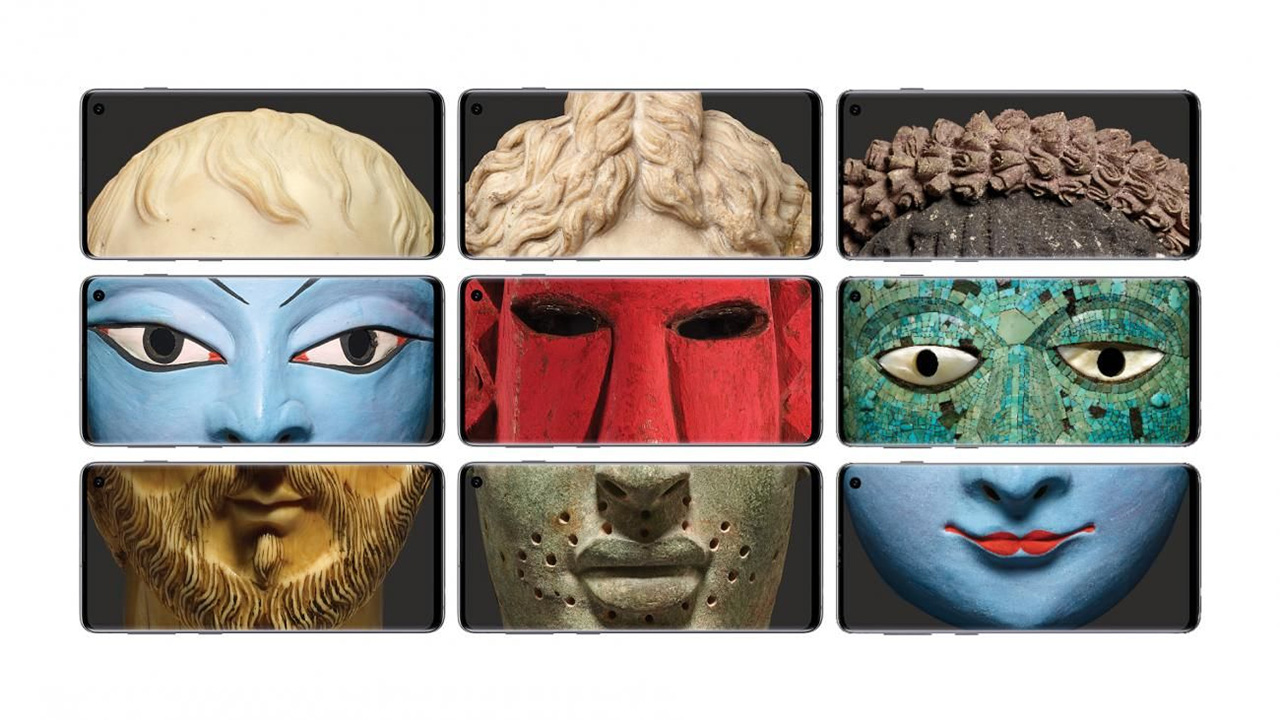After a year of seismic change for global cultural stakeholders, MuseumNext’s Digital Summit convened to assess how organizations pivoted and formed new strategies. The week-long event (February 22 to 26) welcomed more than 60 speakers to share experiences and learnings from 2020.
As the Digital Summit’s official media partner, Jing Culture & Commerce presents key findings from select sessions. Find more of our coverage here.

The Virtual Visits live workshops offer interactive quizzes and activities to enrich students’ knowledge and understanding of history. Image: British Museum
Session: “From Virtually Unknown to Virtually Everywhere”
Hosts: Ed Lawless and Emilie Carruthers, Managers, Samsung Digital Discovery Centre at the British Museum
The British Museum’s Virtual Visits program has been connecting remotely with students across the country via video conferencing software since 2011. During a review in 2017, staff at the Centre, which is sponsored by Samsung on a rolling five-year basis, decided to try a new platform called Zoom. Experience showed overcoming technological unfamiliarity on the part of teachers was the greatest barrier to successful sessions and so staff would host a test call in advance.
Four years on, the Centre’s choice of Zoom seems uncannily prescient. Familiarity with the platform developed in the pandemic’s early months meant teacher test calls were scrapped in favor of more Virtual Visits sessions. Building off a decade of remote learning experience, it was able to ramp up its programming to an extent matched by few in the museum sector. Before 2020, the Centre welcomed a hundred students per year across a dozen sessions; during the 2020-21 academic calendar, 7,000 participants took part in 230 virtual visits.
Admittedly, the Centre’s position is somewhat unique. Its long-term partnership with Samsung offers an enviable stability that encourages a careful shaping of programming based on feedback from teachers and students. And yet, success still involved a rethink, says Ed Lawless, co-manager at the Centre: “We now check in with the team once a day, use Trello as a tool to manage projects, and created a new template to gauge the scope of lessons.” The next step was to build awareness, an ongoing process in which the Centre coordinates closely with the museum’s marketing, visitor services, web, and development teams.
The pivot has been challenging, says Lawless, but the really tricky part may be “finding the balance between online and onsite programming” once lockdowns lift.
Key Quote: “My advice to museums would be to try different things. If it’s not working, talk to the team and change it. Don’t stick with systems because other museums or companies are doing it.”
Pro Tip: Tailor sessions to fit with school timetables. The British Museum cut sessions from 90 to 60 minutes.



